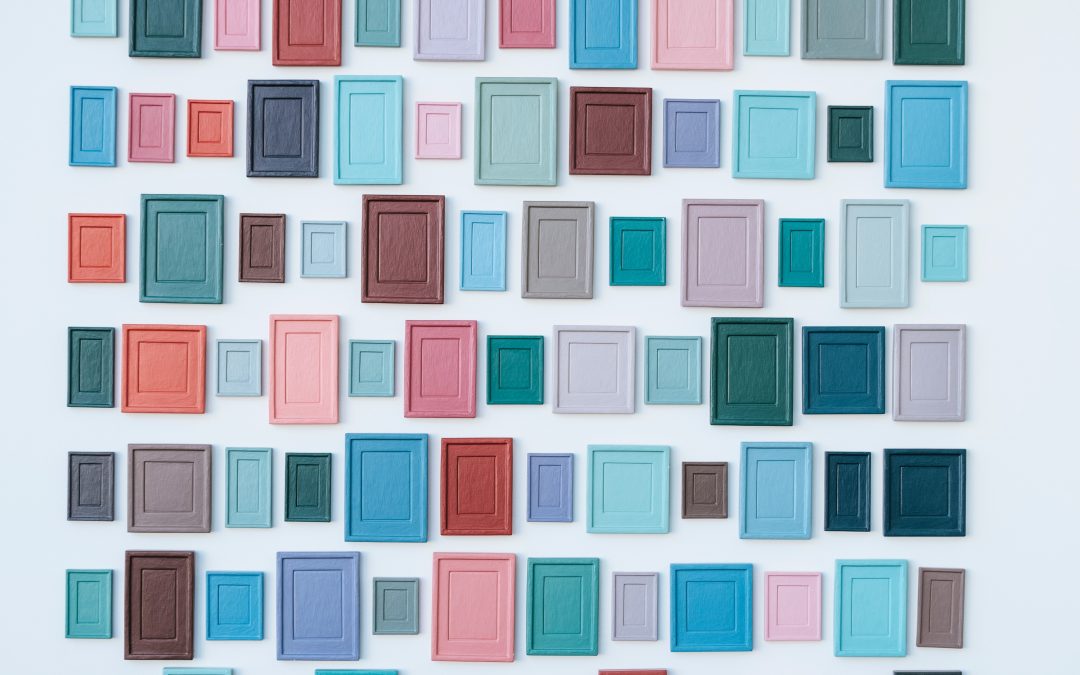Every landmark has its secrets, and with one as rich as New York City’s Museum of Modern Art, the stories are almost certainly boundless. While the MoMA’s greatest secrets might always be just that — secret — we’ve rounded up some incredibly obscure and interesting facts about the museum. These tidbits of knowledge, while mostly limited to the minds of curators and tour guides, can help the everyday museum-goer understand the space with new context.
Here are six surprising facts of the Museum of Modern Art that you’d probably never guess at first glance, and how tuning in can enhance your experience.
1. John D. Rockefeller loathed modern art, but the museum was largely founded by his wife Abby.
Rockefeller’s wife Abby Aldrich Rockefeller was largely responsible for the founding of the Museum of Modern Art. You’d think that being the wife of a famously rich man, the job would be an easy one. On the contrary, her husband hated modern art, meaning Abby had to raise the funds without his help.
2. The MoMA is a microcosm of Manhattan itself.
The MoMA has had several homes and various expansions since its opening on 53rd street in 1939. The museum acquired more and more real estate over the years, and in 2002 expanded even further, retaining at its heart its pivotal sculpture garden. What many don’t realize is that the museum reflects the city as a whole.
“The model for MoMA is Manhattan itself,” architect Yoshio Taniguchi told New York magazine for a feature by Alexandra Lang. “The Sculpture Garden is Central Park, and around it is a city with buildings of various functions and purpose. MoMA is a microcosm of Manhattan.”
3. Two of Monet’s “Water Lilies” paintings were destroyed by fire.
One of the MoMA’s most iconic paintings is “Water Lilies” by Monet, positioned in front of a bench for relaxation and contemplation — as was the intent of the painter, who created them while suffering from cataracts as a “refuge of a peaceful meditation.” They were dismissed for many years as the product of a man past his prime.
Then, in 1958, a fire disrupted the art’s tranquility in the museum and destroyed two of the “Water Lilies” painting. The imminently popular triptych on display now was purchased as a replacement from Monet’s son.
4. Before landing at the MoMA, a taxidermied bald eagle caused a host of legal problems.
America’s bald eagle, while a striking symbol, is one not normally physically included in art — largely because it’s a protected species. So when Robert Rauschenberg put a taxidermied eagle in his 1959 masterpiece “Canyon,” it’s fate was relegated to limbo for a while because it was illegal to sell, despite its valuation of $65 million.
The feds agreed to drop the matter so long as “Canyon” be sold where it could be publicly displayed, which is how the work found its home at the MoMa.
5. One artwork, a fur-covered mug, was snuck in years before it was approved
Among the fifth floor painting and sculpture galleries is a fur-covered cup and saucer called Object by Meret Oppenheim. The idea was conceived by the artist while at lunch with Pablo Picasso, who remarked that fur could be put on anything.
This installation has a peculiar history: after debuting in Paris, it was purchased by the MoMA’s director for $50 of his own money in 1936, even though the trustees disagreed with its inclusion. Ten years later the trustees changed their tune; unbeknownst to many it had been in the museum all along labeled as an “extended loan.” Said chief curator Ann Tempkin for TimeOut NY, “It’s one of the great stars of our Surrealism collection; to think that our director had to sneak it in!”
6. A long-term exhibit in MoMA PS1 can only be seen through a floorboard.
The MoMa also has a branch in Queens called PS1, home to more abstract works of art, dubbed “contemporary.” The art of the contemporary is that it’s sometimes easy to mistake for non-art, and often difficult to grasp in meaning.
Some of these hidden gems, like “Selbstlos im Lavabad (Selfless in the Bath of Lava)” by Pipilotti Rist. Peek through a hole in the lobby floor to view the video, which presents the artist crying “I am a worm and you are a flower!” as she swims nude in an incandescent lava bath. Easy to miss, impossible to forget.
7. You can watch videos privately in the media lounge.
On the second floor of the MoMA, there’s a space where you can enjoy art in privacy if you aren’t up to walking among crowds. It’s a media lounge in which visitors can choose from the museum’s extensive video collection to view artwork on their own or with a small group.
The Media Lounge is also a piece of art in and of itself. Designed by artist Renée Green, the installation consists of colorful, expandable walls that can be shifted to create a viewing environment that fits the audience.
8. The only “free” work in the museum is the @ symbol
One of the most peculiar acquisitions in recent history by the MoMA is the @ symbol, a design both ubiquitous and singular, free and priceless. The symbol is public and dates back to the sixth or seventh century, though Ray Tomlinson chose the symbol for the first e-mail, imbuing it with new meaning and creating a symbol of the computer age.
Says the MoMA website, “We have acquired the design act in itself and as we will feature it in different typefaces, we will note each time the specific typeface as if we were indicating the materials that a physical object is made of.” Notes senior curator Paula Antonelli for TimeOut NY, “[The one] we show in the museum is silk-screened on the wall in American Typewriter font. You should think of it as a shadow of the design.”

